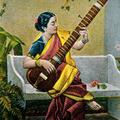The Indian Army - The Music
Indian troops in France brought their own music bands which created great interest among the French, who attended concerts in towns where these men performed. Note the dhols and flutes shown here. As one correspondent wrote: “Mr. G.

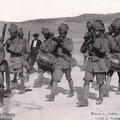
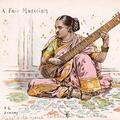
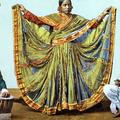
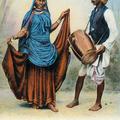
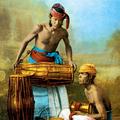
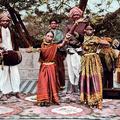
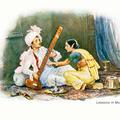
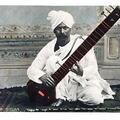
![Saringee [Sarangi] or Violin Saringee [Sarangi] or Violin](https://www.paperjewels.org/sites/default/files/styles/square_thumbnail/public/slides/sarangi-violin_0.jpg?itok=nDGP2b6u)
